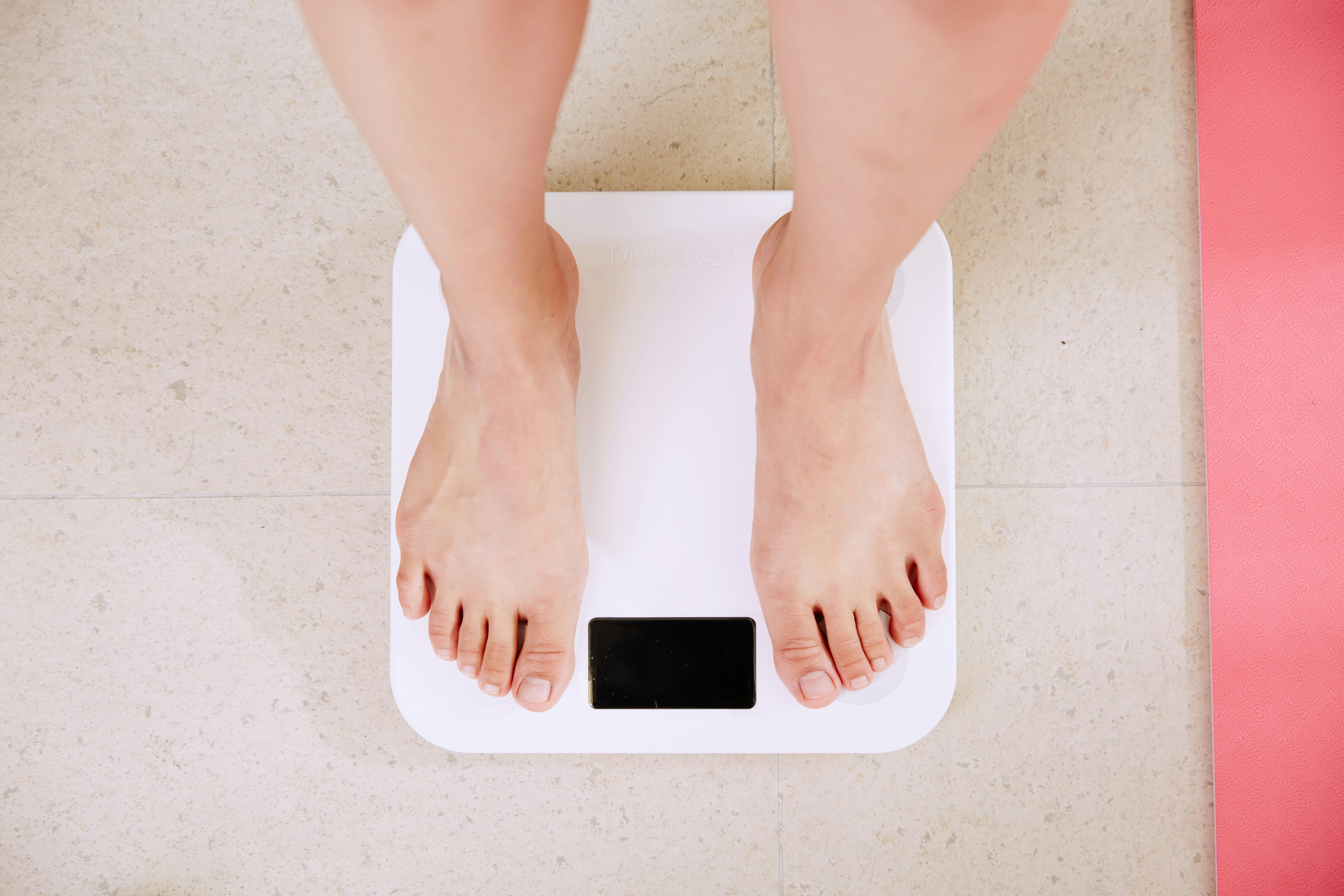Bioelectrical Impedance Analysis: Revolutionizing Body Composition Assessment
Are you curious about what's really going on inside your body? Imagine having a window into your physical makeup, revealing not just your weight, but the intricate balance of muscle, fat, and water that makes you uniquely you. Welcome to the world of Bioelectrical Impedance Analysis (BIA), a cutting-edge technology that's changing how we understand and monitor our health.
The Evolution of Body Composition Analysis
Historically, body composition assessment relied on methods like hydrostatic weighing or skinfold calipers. While effective, these techniques were often cumbersome, time-consuming, or required specialized training. BIA emerged in the 1980s as a more accessible alternative, offering quick, non-invasive measurements that could be performed in various settings, from clinics to home environments.
Beyond the Scale: Why BIA Matters
Traditional weight measurements fall short in providing a comprehensive picture of health. Two individuals with identical weights can have vastly different body compositions, leading to different health outcomes. BIA offers insights into:
-
Muscle mass: crucial for metabolic health and physical function
-
Body fat percentage: an indicator of overall health risks
-
Visceral fat: the dangerous fat surrounding organs
-
Hydration levels: essential for optimal bodily functions
-
Bone density: important for assessing skeletal health
These detailed measurements allow for more personalized health and fitness strategies, moving beyond the limitations of BMI and weight-centric approaches.
The Science Behind the Numbers
BIA technology has evolved significantly, incorporating sophisticated algorithms and multi-frequency measurements. Modern devices can differentiate between intracellular and extracellular water, providing more accurate assessments of muscle mass and hydration status. Research has shown strong correlations between BIA measurements and gold standard methods like DEXA scans, particularly in newer, multi-frequency devices.
Practical Applications in Health and Fitness
Healthcare professionals are increasingly incorporating BIA into their practice. It’s particularly valuable in:
-
Monitoring nutritional status in patients with chronic diseases
-
Tracking muscle mass in aging populations
-
Assessing fluid balance in heart and kidney patients
-
Guiding weight loss strategies by focusing on fat loss while preserving muscle
In the fitness world, BIA helps athletes and enthusiasts track their progress more accurately, allowing for fine-tuning of diet and exercise regimens based on changes in muscle mass and body fat percentage.
Maximizing Your BIA Experience
-
Stay hydrated: Dehydration can skew results
-
Avoid measurements after intense exercise
-
Consistency is key: Use the same device and measure at similar times of day
-
Don’t rely solely on BIA: Combine with other health metrics for a comprehensive view
-
Understand the limitations: BIA accuracy can vary based on factors like age and health conditions
The Future of Body Composition Analysis
As technology advances, we’re likely to see even more precise and accessible BIA devices. Integration with smartphones and wearable technology could provide continuous, real-time body composition data, revolutionizing personal health monitoring and preventive care strategies.
Bioelectrical Impedance Analysis represents a significant leap forward in our ability to understand and manage our health. By providing detailed insights into our body’s composition, it empowers us to make more informed decisions about our diet, exercise, and overall wellness strategies. As we continue to embrace this technology, we open new doors to personalized health optimization and disease prevention.






